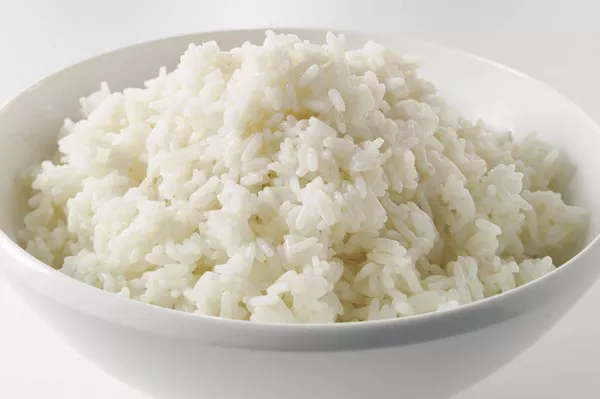Escalating food prices, particularly the surging cost of rice, are emerging as a new challenge for central bankers seeking to control inflation. The price of rice, a staple food in Asia, is experiencing its most significant increase since 2008.
Economists, led by Frederic Neumann, have expressed concerns about the potential impact of rising rice prices. In a research note issued on Friday, they highlighted the lingering memory of the 2008 Asian food price scare, emphasizing the swift transmission of rising rice costs to other markets as governments and consumers across the region rushed to secure supplies. This surge in demand also led to increased prices for other essential staples like wheat, as buyers sought alternatives.
Thailand, a global benchmark for rice exports, has witnessed export prices surpassing US$600 per tonne, marking an almost 50% year-on-year increase. The persistence of elevated rice prices is a notable concern for policymakers. Unlike commodities like tomatoes and onions, which tend to normalize quickly due to short harvest cycles, rice prices can remain high for extended periods, as Neumann pointed out.
The research note also highlighted that global rice imports as a share of consumption have approximately doubled over the past 25 years, with a four-percentage-point increase since the 2008 food price scare. This means that disruptions in one economy could have more significant spillover effects on others than in the past.
Various regions across the world are grappling with erratic rainfall and drought conditions, negatively impacting crop yields, reducing supply, and driving up food costs. Notably, India, the largest rice exporter, has imposed restrictions on overseas shipments to maintain control over domestic prices, further constricting global rice supplies.

